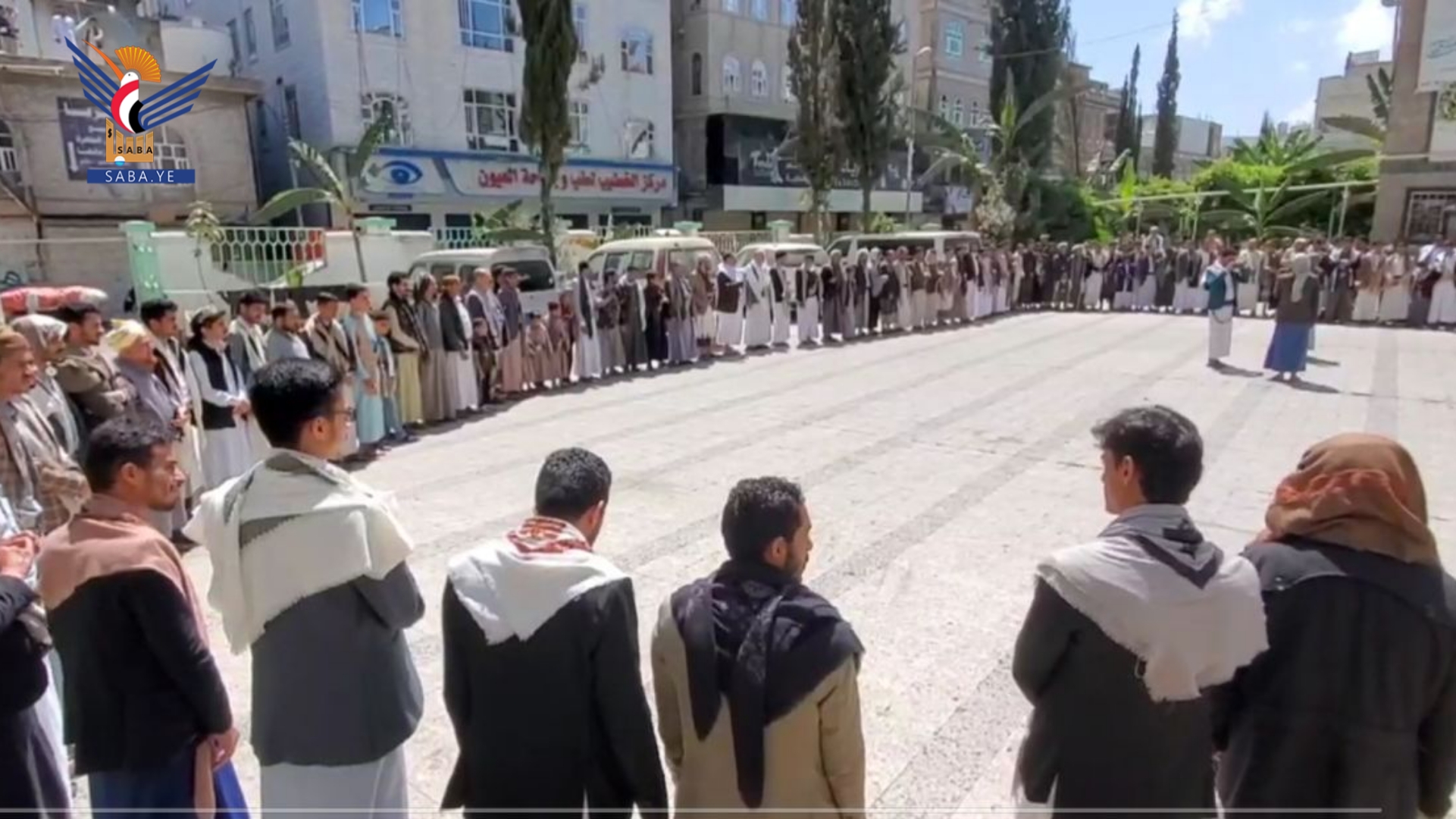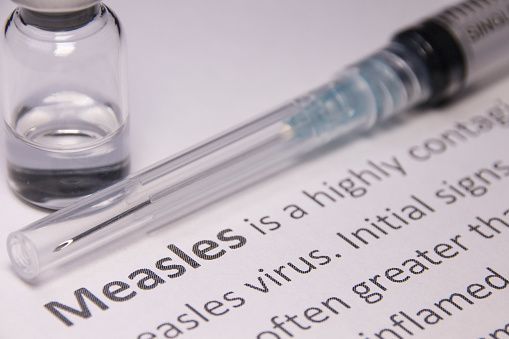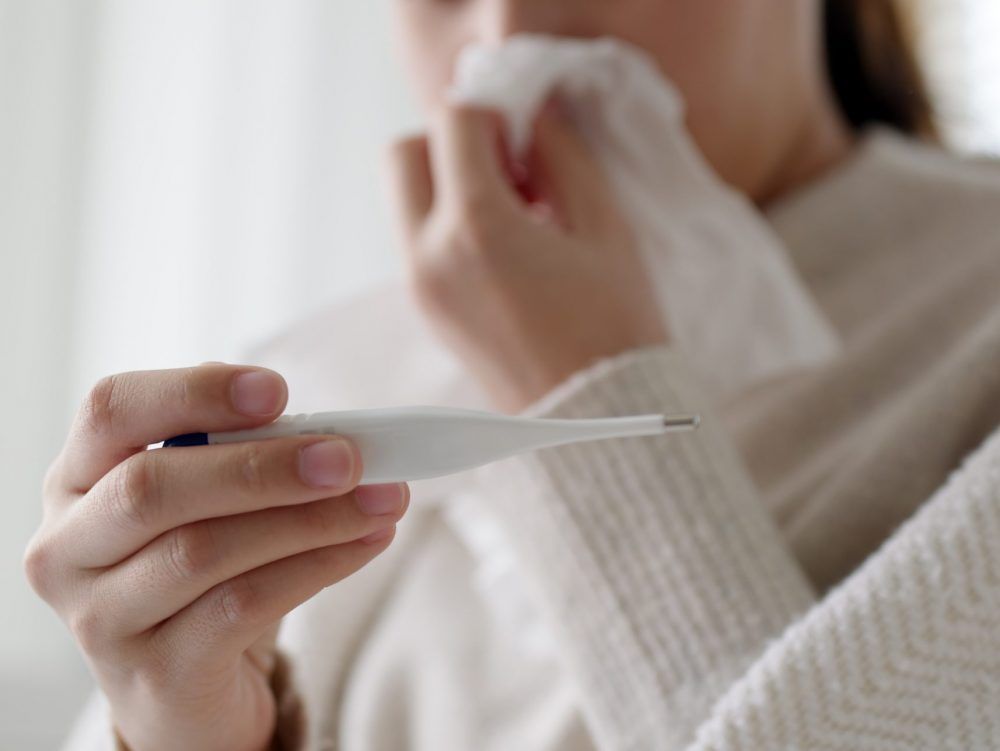
By Lee Hyo-sik We all have become nervous about flying these days, especially on budget carriers, after a series of air accidents here at home and abroad over the past month or so. It is unfortunate that so many innocent, precious lives have perished in recent deadly crashes, which has significantly elevated the fear of flying among us. On Dec.
29, a Jeju Air plane crash-landed at Muan International Airport and collided with a structure at the end of the runway, bursting into flames. Korea’s deadliest aviation accident on home soil claimed 179 lives, surpassing an Asiana Airlines plane crash in 1993 that killed 66 people. The latest figure is the third-largest number of fatalities involving Korean planes, after the 1983 Korean Air flight shot down by a Soviet fighter jet with 269 fatalities and the 1997 Korean Air crash in Guam claiming 228 lives.

On Jan. 28, an Air Busan plane bound for Hong Kong caught fire while preparing for takeoff at Gimhae International Airport in Busan. All 176 passengers were evacuated safely.
But if the fire had broken out mid-air, it could have become another deadly disaster. Then, the next day (local time) in Washington, D.C.
, an American Airlines plane collided with an army helicopter and crashed into a river, killing all 67 aboard both vehicles. On Feb. 1 (local time), an air ambulance carrying six people went down onto a busy Philadelphia street, fanning further concerns over air travel safety worldwide.
A colleague of mine, who got married on Dec. 28, was supposed to travel to the Philippines for a honeymoon two days after the wedding. But she abruptly canceled the trip over a fear of flying on the same type of Boeing 737-800 Jeju Air aircraft that crashed at Muan airport a day earlier.
Instead, the newlywed flew on one of the nation’s flagship carriers to Japan, paying extra. She was one of many to have recently reconsidered their travel plans. In particular, there have been growing fears of flying with low-cost carriers (LCCs) — including Jeju Air, Jin Air, T’way Air, Eastar Jet, Air Busan and Air Seoul — out of safety concerns because the two recent domestic accidents involved two of them.
It is widely known that LCCs operate on extremely tight schedules because of their smaller air fleets, compared to the nation’s two flagship carriers — Korean Air and Asiana Airlines. This makes it tougher for budget carriers to undergo thorough inspection and maintenance. They also lag behind in the number of mechanics and repair facilities because of their poorer financial standings.
Knowing all these facts, flying can be a nerve-wracking experience for all of us, particularly when we are on a budget carrier. But the reality is we can’t live without flying. In fact, despite all these latest high-profile accidents, air travel remains the safest means of transport.
According to many studies and statistics, the probability of dying by plane crash is estimated to be at about one in 10 million, substantially lower than the chances of being hit by lightning, which are around one in a million. A study by researchers from the Massachusetts Institute of Technology (MIT), which appeared last August in the Journal of Air Transport Management, showed the fatality rate fell to 1 per every 13.7 million passenger boardings globally during the 2018 to 2022 period, an improvement from 1 per 7.
9 million boardings from 2008 to 2017. In addition, according to the International Civil Aviation Organization, the fatality rate dropped to 17 people per billion passengers in 2023, down from 50 people per billion passengers in 2022. In the United States alone, the number of aviation fatalities per billion was 0.
07, lower than 0.43 by train, 3.18 by ship and 7.
28 by car. Here in Korea, 17 people died due to aviation accidents in 2022, substantially lower than 2,735 on the road, 99 in the sea and 28 by rail, according to the Ministry of Land, Infrastructure and Transport. All these data and statistics show that air travel is indeed the safest way of travel, but it doesn’t feel like that because when something goes wrong in the air, so many people die, making everyday car accidents seem like less of a big deal.
In light of the recent aviation accidents, the government should tighten safety rules and strictly enforce them on air carriers so that passengers can feel safe. Airlines should also do their part in improving the safety of air travel by hiring more mechanics, expanding maintenance facilities and extend servicing hours. Only when all concerned parties work toward the common goal of putting safety first, can we then prevent further tragedies from happening.
The writer is finance desk editor at The Korea Times..















